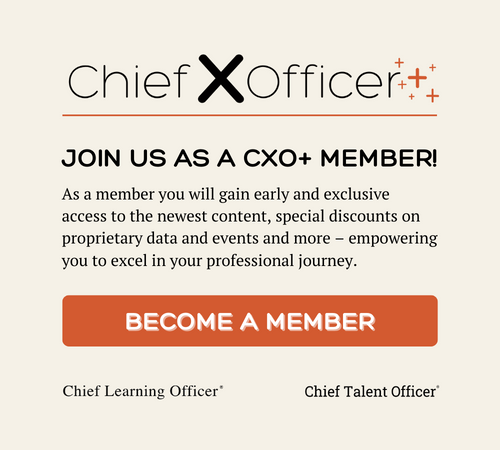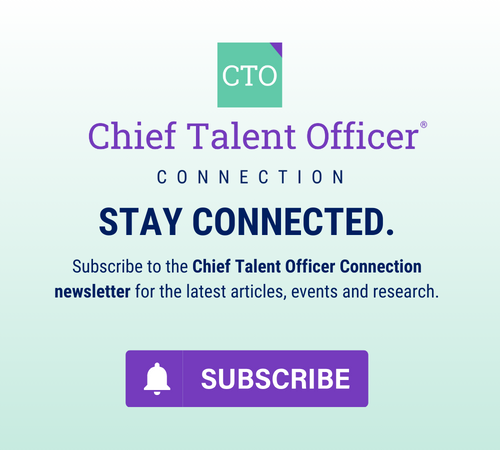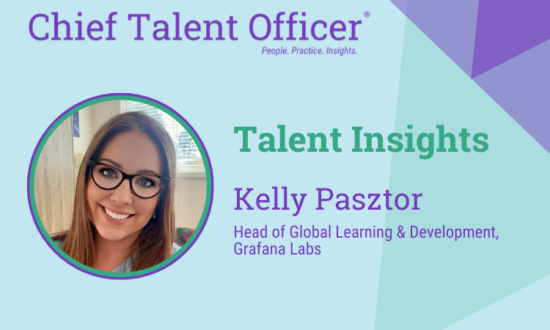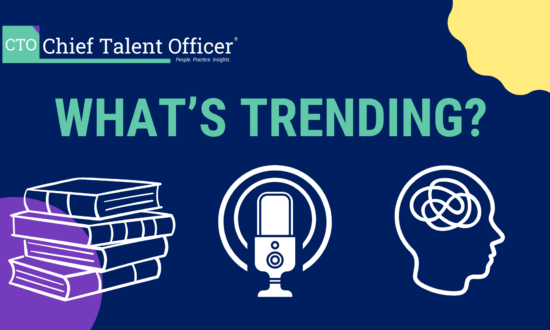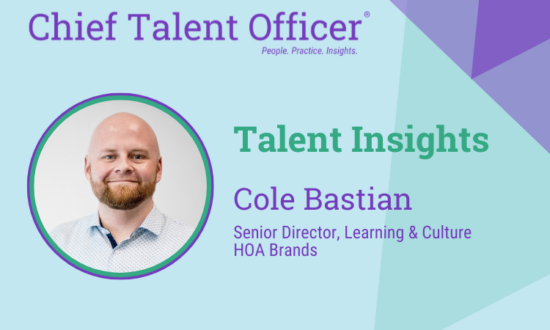During tough times, it’s tempting to cut back on leadership development and focus on overhauling the business. But well-designed leadership development works equally well in up and down markets and ensures the business can withstand the change in seasons.
Today, it snowed and so we know that winter is coming. We have prepared our homes by using the furnace instead of the air conditioner, by winterizing the outside hoses and the sprinkler system and by adjusting the thermostat.
But we also know that in six months, it will be summer again. Seasons come in cycles, and change is predictable and inevitable. With the advent of winter, we do not completely rebuild our house, replace our windows or change our overall lifestyle, but we adjust the existing systems to the particular season. We have built the kind of house that lasts for all seasons.
Today, the global economy is in a recession. Consumer confidence is low, credit markets are constrained and job losses have followed. While this recession is deeper and more global than anticipated, some are reacting — and overreacting — to the economic downturn with almost unprecedented gloom and doom. It is almost as if some businesses are completely rebuilding to deal with the present economic pressures rather than making sure they have businesses that will withstand the changes of the season.
When leaders overreact to the change in seasons driven by inevitable economic cycles, they inhibit the building of a viable and competitive organization. While business adjustments need to be made in up or down cycles, the fundamentals of good business apply in both settings. Well-built homes, with minor tweaks, work equally well in winter as in summer. Well-designed leadership development systems, with fine-tuning, work equally well in up and down markets. If not, we have designed them poorly.
Here are basic principles of leadership development that general managers and CLOs should master and implement. Once these are in place, changes in economic cycles will not reduce their effectiveness.
1. Focus leadership development on results.
We often ask two questions to groups of leaders. First, to be effective in the next 12 to 18 months, leaders in your organization must…? The responses to this question often are a list of behaviors and attributes that leaders must demonstrate: set a vision, engage others, have personal integrity and communicate more. Second, what two to three critical business issues does your business face in the next 12 to 18 months? The responses to this question deal with meeting customer needs, managing costs and gaining access to capital markets, creating innovative products and/or competing globally.
What is compelling to those concerned with leadership development is that these responses are not connected. This occurs because many organizations have made the deliverables of leadership development about the acquisition of leadership competencies in the first list. If we lose sight of the fact that these competencies are supposed to be connected to delivering the business results described in the second list, we have lost sight of our real objectives. Leadership development efforts that emphasize the attributes of leaders that are unconnected to business results are doomed when tough economic times hit.
To bridge leadership actions with business results, CLOs should answer the “so that” query. This query means that each leadership attribute/competence (e.g., setting a vision) should be followed by a “so that” query that links the attribute to a result (e.g., increased customer share, product innovation). The “so that” query focuses on the outcomes more than the activities of training.
Results-focused leadership development means having a clear focus on the outcomes that leaders will produce as a result of the investment. These outcomes might be investor-related — lower costs, increased margins or greater access to capital — customer related — increased revenue from target customers, increased customer service — or organization related — the ability of an organization to move quickly, innovate or increase efficiency. CLOs should make sure that when they describe their leadership development efforts, they start with clear business outcomes with metrics for the business outcomes of leadership investments.
When economic times are difficult, the goal is not to stop investing in leadership development, but to use leadership development as an opportunity to help leaders focus on how to respond to difficult markets. In recessionary times, leaders need to focus on strategies that serve customers, reduce all unnecessary costs, re-engineer and streamline work processes and continually engage employees to solve problems.
2. Invest in systems, not just individuals.
Most leadership programs are developed to increase individual leader competence. Personal improvement is a noble goal of leadership development investments, but it is not enough. Good leadership investments focus on how to be better individual leaders, but also on how to build leadership as an organizational capability by designing sustainable leadership systems.
Leadership systems align leadership development to other management practices, rather than leaving it as an isolated event. If a training program teaches participants how to respond to customer expectations, then customer expectations should become an integral part of communications, performance management, succession planning and organization design choices. When HR practices are integrated, leadership becomes a capability of a company more than just developing individually talented leaders.
A strong leadership capability exists when leadership development activities are not marginal events but are seen by senior leaders as a key means to implement the business strategy. Leaders at every level must be on the same page about what’s important now and what high performance looks like in this season.
3. Identify differentiating competencies.
Most leadership development investments are based on a point of view about what effective leaders must know, be and do. Leadership competency models do a good job of identifying knowledge and behaviors required of leaders. There are five domains in which leaders must excel: strategy, execution, talent management, human capital development and personal proficiency.
These five domains of leadership are important and they can be adapted to an economic season. In tough economic times, strategists focus, executors ensure accountability, talent managers increase productivity, human capital developers redefine careers and all leaders act with personal proficiency by modeling bold, value-based and consistently good judgment. But these leadership attributes are not enough.
Unfortunately, leadership competency models do not differentiate one organization from another. They are generic.
Successful competency models need to do the basics well and then go beyond to link with customer expectations. Once CLOs are clear about how their firms want to be known by top customers, they can begin to build a point of view about leadership consistent with those customer expectations. These competencies are unique. Under Jeff Immelt, General Electric has shifted its desired identity to be better known for invention, innovation and imagination. When this desired external identity is the foundation for leadership development investments, leaders are trained to do things that matter most to customers.
The combination of basic competencies and the customer-driven differentiating competencies delivers a combined competency set called a “leadership brand.” Leadership brand is important because it ensures leadership development efforts build the basics that are important to any leader; plus, it allows a firm to develop leaders to deliver the desired customer experience unique to a particular company.
4. Make the training experience related to the business.
Sometimes leaders attend training as isolated events, not unlike a tourist visiting a new country. The tourist takes time out from normal life, visits memorable places, takes pictures and returns to life as usual. Too often, tourist training is isolated from business, filled with engaging cases or discussions, and then leaders return home with little change in behavior.
Experiences in training should be business-related, meaning business leaders and customers participate in the learning process. When faculty teaches, participants learn. When business leaders teach, participants act. When customers teach, participants act on the right things.
Program content should focus on real business problems, not abstract academic principles. These business problems may come in the form of live cases, action learning projects or solving current business problems in the course. The learning program is not an isolated event within a limited time frame. Prior to the learning experience, participants know why they are attending and what they should learn from their training experience. After the learning event, follow-up should occur with the participant’s leader and other important people who will make sure ideas are implemented.
5. Measure what matters.
Once principles one through four are in place, there are many important things to measure that could not be measured without them. Without these principles, what is usually measured is competency acquisition through 360 feedback and satisfaction with courses. With some of these principles in place, we propose a different set of measures.
In principle one, we stated that leadership development should be focused on results. So we should measure whether the investments in leadership have made a difference to business results. For example, we stated that leaders make a “so that” connection from 360 feedback on their competencies and connect the competency feedback to their business results. It’s important to go back and measure whether this has happened.
In principle two, we proposed that investing in individual leaders is not enough and that CLOs should measure organization capability in leadership. This can be measured by audits or surveys to assess HR systems’ alignment to leadership practices. To what extent is HR practice and leadership practice driving the same behavior?
In principle three, we described leadership brand research that has led to two sets of leadership competencies: basic and differentiated. We should measure the extent to which we have identified and are assessing our leaders on both sets. To measure the basic competencies, we can map them against the leadership competencies to ensure we have not over or underinvested in the basics. To measure the differentiated competencies we can periodically measure external stakeholder (customer, investor, supplier, analysts) perception of the quality of our leaders. We should also periodically reassess our differentiating competencies to ensure leaders are connecting the right set of customer experiences to employee behaviors.
Finally, in principle four, we suggest training should be related to the business. This could be measured by looking at how often we involve business leaders, customers and other stakeholders in our training or by doing content analysis of the subject matter of our courses to see what’s emphasized.
It is tempting and easy to cut back leadership investments in tough economic conditions. While recession requires appropriate management actions, leaders and CLOs should not under or overreact. Under-reaction would occur if training continues as usual. Overreaction would occur if all leadership investments are stopped or dramatically changed. The five principles proposed are viable in good times and in bad. Using these principles, investments in leadership can continue and help companies respond to the tough economic times, as well as to the inevitable growth cycle that will follow.



